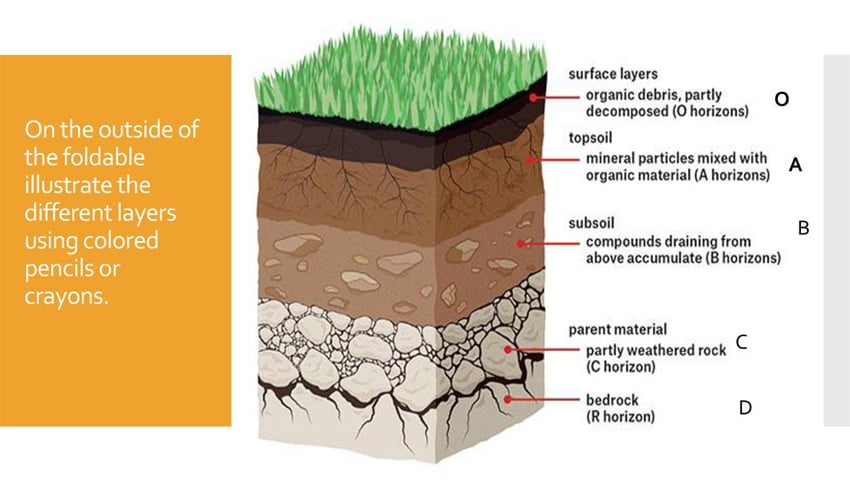OVER THE last decade there has been mounting debate as to whether soil can continue to sequester carbon indefinitely, or whether there is a saturation point. This is an important discussion, because the potential climate opportunity of soil carbon sequestration is enormous.
The 4 per 1000 initiative says that if the level of carbon stored by soils in the top 30 to 40 centimetres of soil increased by just 0.4% per year, “this would nearly compensate for the annual CO2 increase of the atmosphere.”
With soil carbon sequestration a potential key to halting and reversing anthropogenic climate change, managing food and fibre production to maximise drawdown should surely be prioritised by land-use stakeholders and environmental policy-makers.
When considering these issues, the Regenetarianism blog is a reliable and thoughtful source of information.
In a recent article, ‘Soil carbon saturation: Myth or reality?’ the writer argues that the answer is “both yes and no”, and notes that “most people who claim that soil becomes saturated are not accounting for the newer soil science.”
The writer says that most carbon measurements in older scientific research tended to be made to around 13 inches deep. “This is what’s known as “shallow” carbon. It’s formed by decomposition of organic matter largely by saprophytic fungi. This carbon “saturates” and then the portion that rapidly turns over, the labile carbon, is respired by soil microbes.”
It’s common to hear the oft-repeated notion that it takes around 500 years to build an inch of top soil. “This”, says the author, “is the way soil is built via weatherisation, that is the very slow grinding of rock to form soil over a very long period of time.”
Indeed, 500 years is a long time – but Gabe Brown has built 29 inches of soil in the last decade.
The weatherisation process, mentioned above, is focussed on drawdown into the C horizon of the the soil profile – see diagram below. But, Gabe Brown has built soil in the A and B horizons.
The Regenetarian blogger says that “Plants also exude carbon (glucose made via photosynthesis) from the tips of their roots for as deep as their roots go. This carbon is exchanged with bacteria via fungi networks for minerals that the plants need. Fungi and bacteria continually die and turnover. Fungi are largely made of carbon in the form of chiton. So, it’s this necromass of bacteria and fungi that are what actually build soil via what’s known as the liquid carbon pathway or microbial carbon pump.”
The blog concludes that soil, and soil organic matter which contains soil carbon, are built in three ways – from the top via decomposition – from the bottom via the liquid carbon pathway or microbial carbon pump – and very slowly via weatherisation.
The writer says that “Weatherisation is slow, but the other paths work faster as long as there’s less disturbance. When you add livestock, you add more microbes from their poo, pee and saliva. More microbes mean more necromass and thus more soil. In nature, the soil’s gut, the rhizosphere, and the guts of animals are a virtuous cycle.
“Thus shallow carbon saturates, but is continuously recycled, while deep carbon from roots builds more soil that hold more and more carbon. Thus healthy soils never become truly saturated.”
Read the full blog, which includes links to excellent video evidence.

